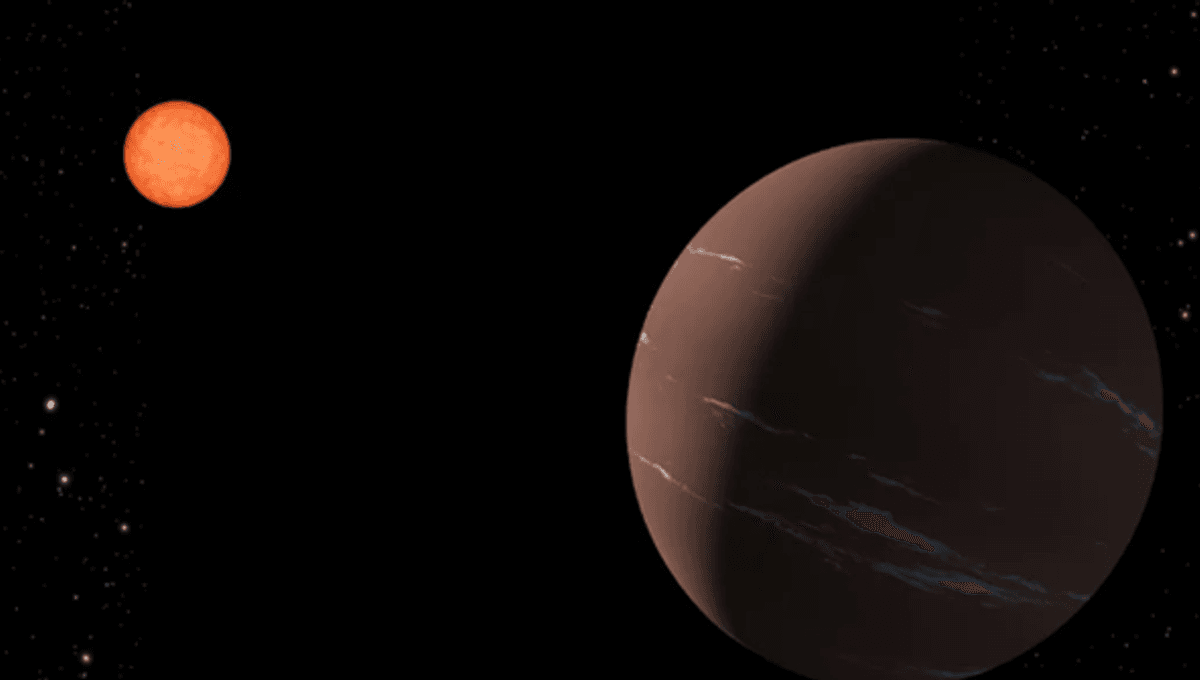
A planet with a radius 55 percent larger than Earth’s has been found in the habitable zone of a relatively nearby star. A second planet, closer in size to the Earth, is suspected to also lie within the habitable zone of the same system – which would make it the smallest habitable zone planet yet found by the TESS spacecraft.
Finding planets beyond our solar system was once so rare as to make each new announcement exciting, but by now the drip has become a stream. A planet needs something special to stand out. TOI-715b, and its possible sibling TOI-715c, have that through a combination of size and location.
Most of the planets we have found orbit too close to their stars to offer much prospect for life, being far too hot. Of those at more moderate temperatures, most are gas giants. These things probably don’t reflect the galactic population, but that large planets close to their star are much easier to find.
Even most planets reported as being in a star’s “habitable zone” come with an asterisk. In theory, the habitable zone is the region where temperatures are right for liquid water at the surface, a vital feature of Earth’s abundance. However, there is enough uncertainty about planetary temperatures, depending on guesses such as how much light a planet reflects away, that there are really two habitable zones: referred to as “conservative” and “optimistic”. Guess which one most reported planets fall into.
TOI-715b is in the conservative habitable zone. Even taking the more pessimistic side of some assumptions, its temperature should be right for liquid water, inspiring astronomers to investigate it with a range of Earth-based telescopes that complement TESS’s findings.
Being 137 light years away, TOI-715 is less conveniently placed for observations than the TRAPPIST-1 system, but it’s still closer than most of the stars we study. If either planet is suitable for life, there has been plenty of time for life to evolve – there’s a lot of uncertainty about TOI-715’s age, but the best estimate is 6.6 billion years.
The great uncertainty concerns its atmosphere. In keeping with most of the stars TESS studies, TOI-715 is a red dwarf, allowing TOI-715b to maintain a comfortable temperature while orbiting every 19.2 days. However red dwarves tend to flare a lot, which can strip atmospheres off planets too close in, as TRAPPIST-1 has apparently done to its nearest planets.
In that context, TOI-715b’s larger size – and likely stronger gravitational pull – could be an asset, increasing the chance it has held onto its atmosphere, although the strength of its magnetic field would also matter. Over two years, TOI-175 didn’t flare very strongly, but this could be a result of its age; the possibility that when younger, more star activity long ago ruined the chance of life can’t be ruled out.
The planets we have found seldom have radii between 1.5 and 2 times that of Earth, known as the radius valley. There is considerable debate about the reasons the valley exists, but TOI-715b makes it a little shallower, and the discoverers of the planet question if we’ve been imagining it.
The prospective planet TOI-715c is thought to be just 7 percent wider than the Earth, although in keeping with the uncertainty of whether it exists at all the error bars on that are greater. Its suspected orbit is 25.6 days, putting it near the outer edge of the optimistic habitable zone, somewhat equivalent to Mars.
The report is published open access in the Monthly Notices of the Royal Astronomical Society.
Source Link: Nearby Super-Earth Discovered Comfortably Inside A Star’s True Habitable Zone